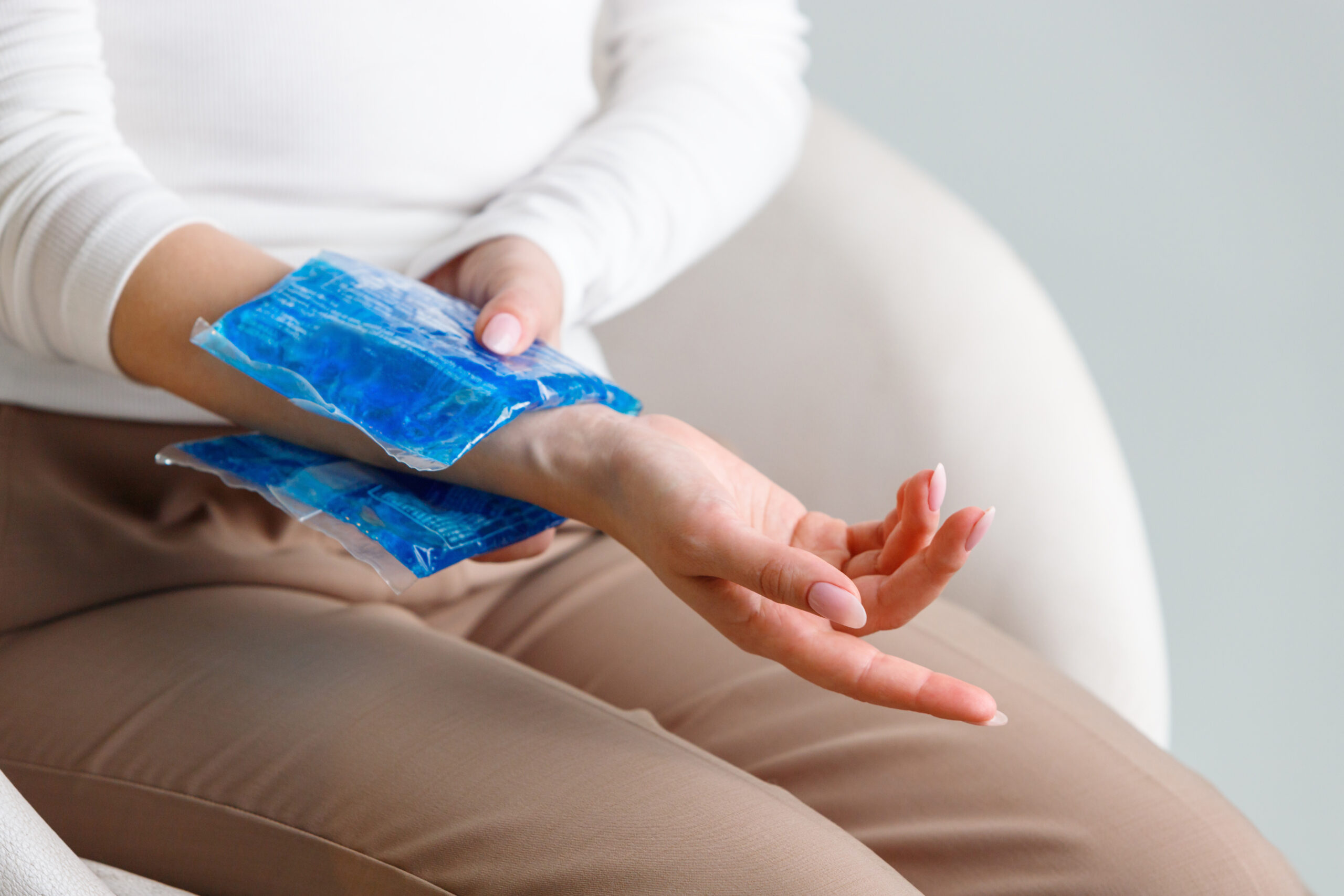Does Weather Really Affect Arthritis Symptoms?
It is that time of year again when the weather changes daily from cold to warm, rainy to sunny, high to low pressure and humid to dry. Each day, for the past few weeks, I have had many patients ask me about their achy, sore and swollen joints; “Why am I so sore?”, “What is causing it?”, and “Why is my arthritis flaring up?” Does the weather affect arthritis pain? Is there any scientific evidence to explain it?
Arthritis is a general term to describe inflammation of one or more joints in the body. The two most common types of arthritis are osteoarthritis and rheumatoid arthritis. Osteoarthritis is usually brought on by the wear and tear of the protective cartilage that cushions the ends of the bones. Rheumatoid arthritis is an autoimmune disorder where the bodies immune system attacks the synovial membranes of the joints, most often in the hands and feet. Regardless of what type of arthritis someone suffers from, it can significantly affect their daily activities and negatively impact their mental health. Common symptoms of arthritis can include swelling, stiffness, redness and tenderness or joint pain. Arthritic pain can be increased by various factors such as injuries, stress, or weight gain, but one common factor often points to changes in the weather.
While there is no conclusive evidence that shows weather changes cause arthritis or make arthritis worse, some research has shown that there is a strong association between weather and the increased symptoms of arthritis pain. According to the Arthritis Foundation, one study showed that a 10-degree temperature drop, as well as rising barometric pressure (the weight of the air) was linked to an increase in pain levels in people with arthritis. Another study of patients with hip osteoarthritis showed that changes in barometric pressure and relative humidity affected arthritic symptoms of stiffness and joint pain. A different study surveyed over 700 people and reported that over 67% of respondents reported that daily weather conditions affected their levels of pain. On the other hand, a study of people with rheumatoid arthritis symptoms that spend their winters in warmer drier cities linked a significant decrease in symptoms of tenderness and swelling, to these sunny and less humid areas.
But, what exactly is it that links the weather to pain level increases? It has been proposed that atmospheric changes, such as drops in temperature, or changing barometric pressure and humidity can affect fluid pressure and circulation in the joints, which can increase inflammation in joint tissue that is already inflamed, making it more painful. Other researchers have presented that as cartilage on the bones wears away due to arthritis, the nerves become more exposed and might become sensitive to pressure changes. Another suggestion is that air pressure changes can cause our muscles and tendons to contract and expand and can lead to increased joint pain.
Regardless of what kind of climate we live in, or what kind of weather we are having, weather is only one factor that can play a role in the changing levels of arthritic pain. Physiotherapy, regular exercise and movement of joints, stretching, medications, and hot or cold compresses are all great ways to manage arthritic pain in general. But, on a cold and rainy day, when your arthritis pain is flared up, a great way to relieve the aches and pains is to come in, relax, and have a massage!
Coleen Martuccio, RMT

